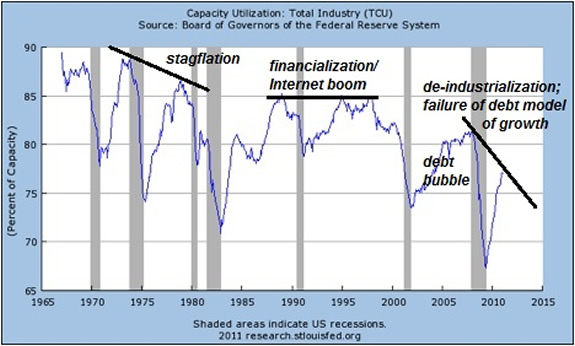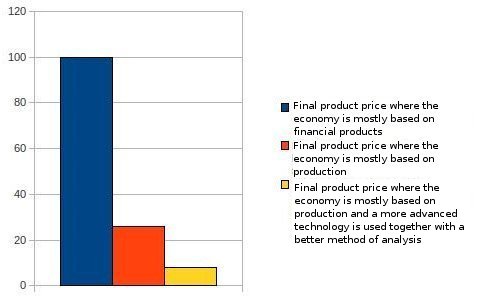
Analysis of the economy and forecasting

Better to know the truth before running into it...
|
Menu |
Economy (real), money and financial products |
Various informations |
|
Introduction and purpose Short summary Economy (real), money and financial products Description of the method of analysis Analysis and forecasting Our publications If your have some interest in our activities, contact us. We will answer by E-Mail or phone. |
How is money created, by whom and when ?
Financial products
Impact of the financial sector on the price of products
|
Basic informations Derivative (finance)
- Wikipédia Chicago Mercantile Exchange
- Wikipédia Chicago Board of Trade - Wikipédia
Documents Professional Web Sites |
|||||||||||||||||||||||||||||||||||||||||||||||||||||||||||||||||||||
|
|
|
||||||||||||||||||||||||||||||||||||||||||||||||||||||||||||||||||||||
